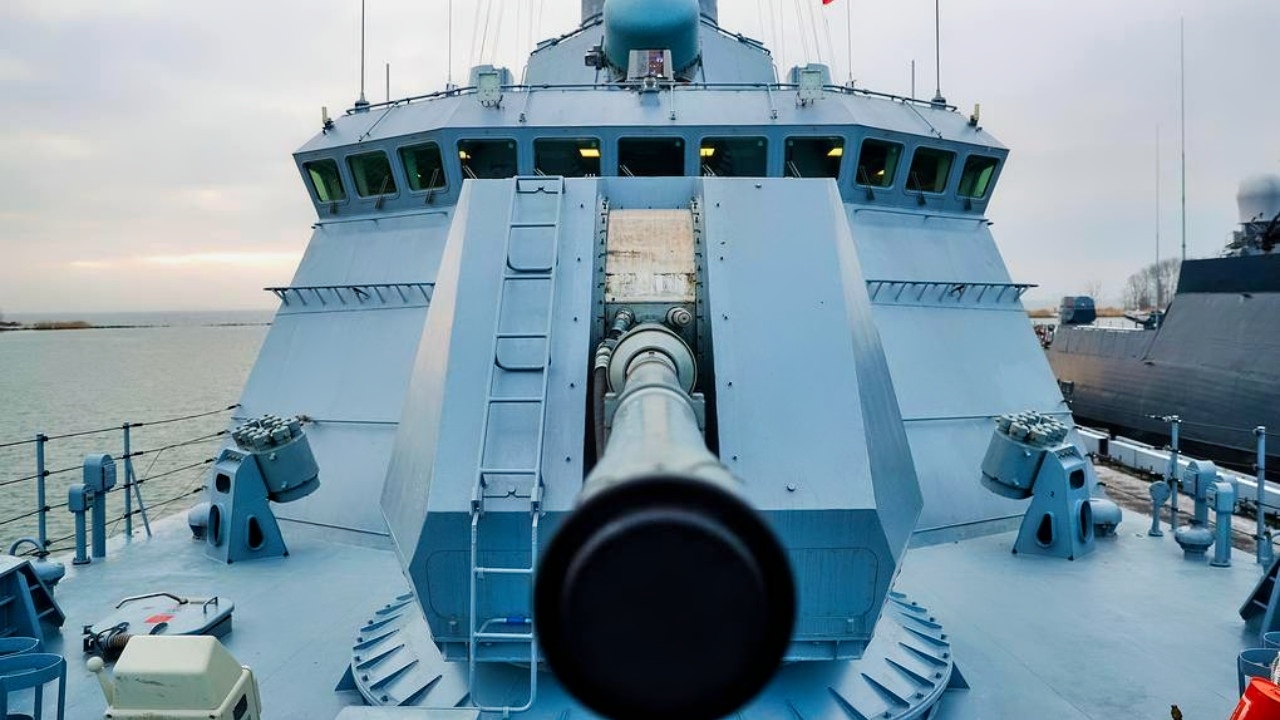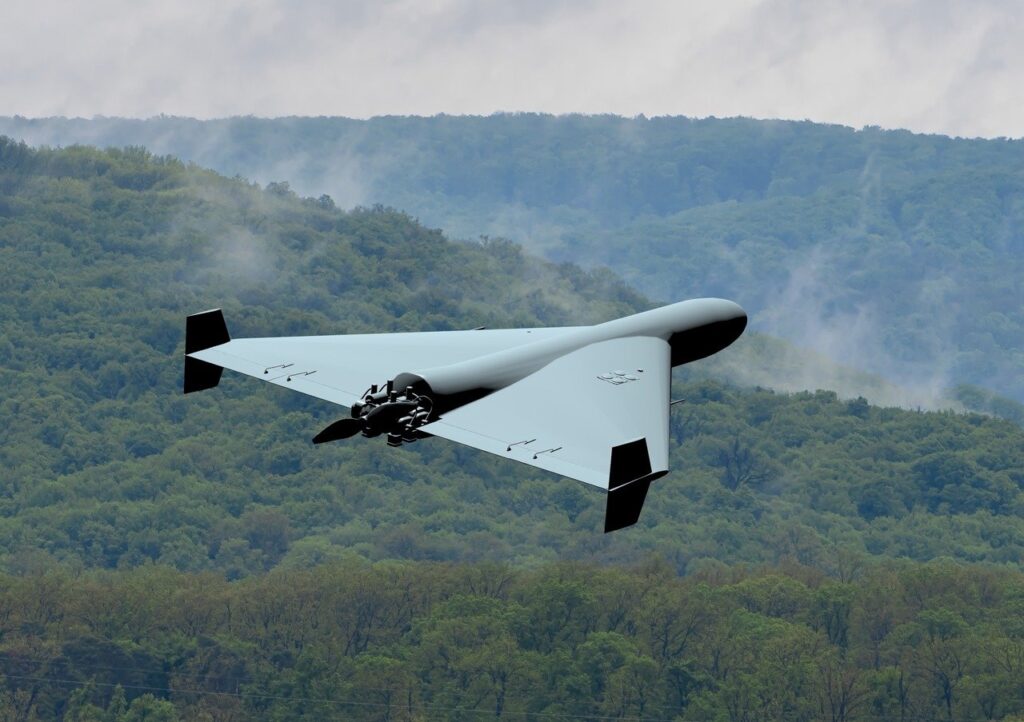
Russia’s New Karakurt-class Corvette: A ‘Cruise Missile Carrying Beast’
What You Need to Know: Russia’s latest Project 22800 Karakurt-class missile corvette, Rzhev, has departed the Amur Shipyard en route to Vladivostok for sea trials and state tests.
-This marks a shift in focus for the Russian Navy toward smaller yet highly capable vessels, as its only aircraft carrier, Admiral Kuznetsov, remains sidelined with ongoing refit issues.
-Despite its compact size—219 feet long and displacing 860 tons—the Rzhev is armed with Kalibr-NK or Oniks anti-ship cruise missiles and a 76.2mm automatic gun.
-Designed for operations in “green waters,” these corvettes aim to strengthen Russia’s coastal defenses and offshore capabilities. The Rzhev is expected to join the Pacific Fleet by early 2026.
Latest Russian Karakurt-class Missile Corvette Sent For Testing
The Russian Navy’s flagship aircraft carrier Admiral Kuznetsov remains sidelined as her refit continues, and in all likelihood, the warship won’t likely return to service. Instead, the Kremlin has turned its focus on far smaller – but arguably high-capable – vessels, including its Project 22800 Karakurt-class missile corvettes. A total of 16 have been planned, and on Tuesday, the latest to be completed was sent to begin testing.
According to a report from Russian state media outlet Tass, the Karakurt-class missile corvette Rzhev departed the United Shipbuilding Corporation’s (USC’s) Amur Shipyard in Russia’s Far East.
“On October 8, the Project 22800 missile corvette Rzhev left the waters of the Amur Shipyard’s outfitting quay and set its course for Vladivostok,” the Amur Shipyard’s press office said in a statement.
Tass further reported that approximately 300 individuals at the facility “took part in preparing the warship for its transit” and the vessel is now heading to the “delivery base in Vladivostok.” Once there, the delivery base will oversee the missile corvette’s sea trails and state tests, which need to be completed before Rzhev will be handed over to the Russian Navy’s Pacific Fleet.
Rzhev is reported to be the 12th Project 22800 Karakurt-class missile corvette to be laid down. Construction began on the warship in early July 2019 at the Amur Shipyard, and the vessel was launched in September of last year. The sea trials and state tests will likely begin later this year, and the warship is currently on track to be handed over to the Russian Navy in early 2026.
The corvette is the latest warship to be constructed at the Amur Shipbuilding Plant, which was founded in 1929. It began producing submarines for the Soviet Navy around 1957, including the Delta I-class ballistic missile boats, and the Akula-class fast attack subs.
“The Amur Shipyard is currently building a series of four Karakurt-class missile corvettes,” Tass added.
Small and in Charge
Though displaying just 860 tons and are just 219 feet in length, the Project 22800 corvettes are reported to be armed with eight Kalibr-NK or Oniks anti-ship cruise missiles. Additional armament consists of a 76.2mm 59-caliber AK-176MA 100mm A-190 automatic dual-purpose gun.
The small surface combatants were designed by the Almaz Central Marine Design Bureau in St. Petersburg to engage with an enemy’s strategic facilities in so-called green waters, including around coastal defenses and offshore installations. The vessels were intended to serve as a more seaworthy, blue-water complement to the Russian Navy’s Buyan-M-class corvettes that operate in littoral zones. The Karakurt-class corvettes can target hostile surface combatants and take on various threats individually or in conjunction with other forces – even repelling enemy air attacks.
A total of eighteen Project 22800 corvettes were originally planned for the Russian Navy, but that was scaled back to 16. Four had been in active service, while a fifth – Askold – was reportedly hit by a Ukrainian cruise missile in November 2023 and damaged beyond repair.
Author Experience and Expertise: Peter Suciu
Peter Suciu is a Michigan-based writer. He has contributed to more than four dozen magazines, newspapers, and websites with over 3,200 published pieces over a twenty-year career in journalism. He regularly writes about military hardware, firearms history, cybersecurity, politics, and international affairs. Peter is also a Contributing Writer for Forbes and Clearance Jobs. You can follow him on Twitter: @PeterSuciu. You can email the author: [email protected].
Image Credit: Creative Commons and/or Shutterstock.


